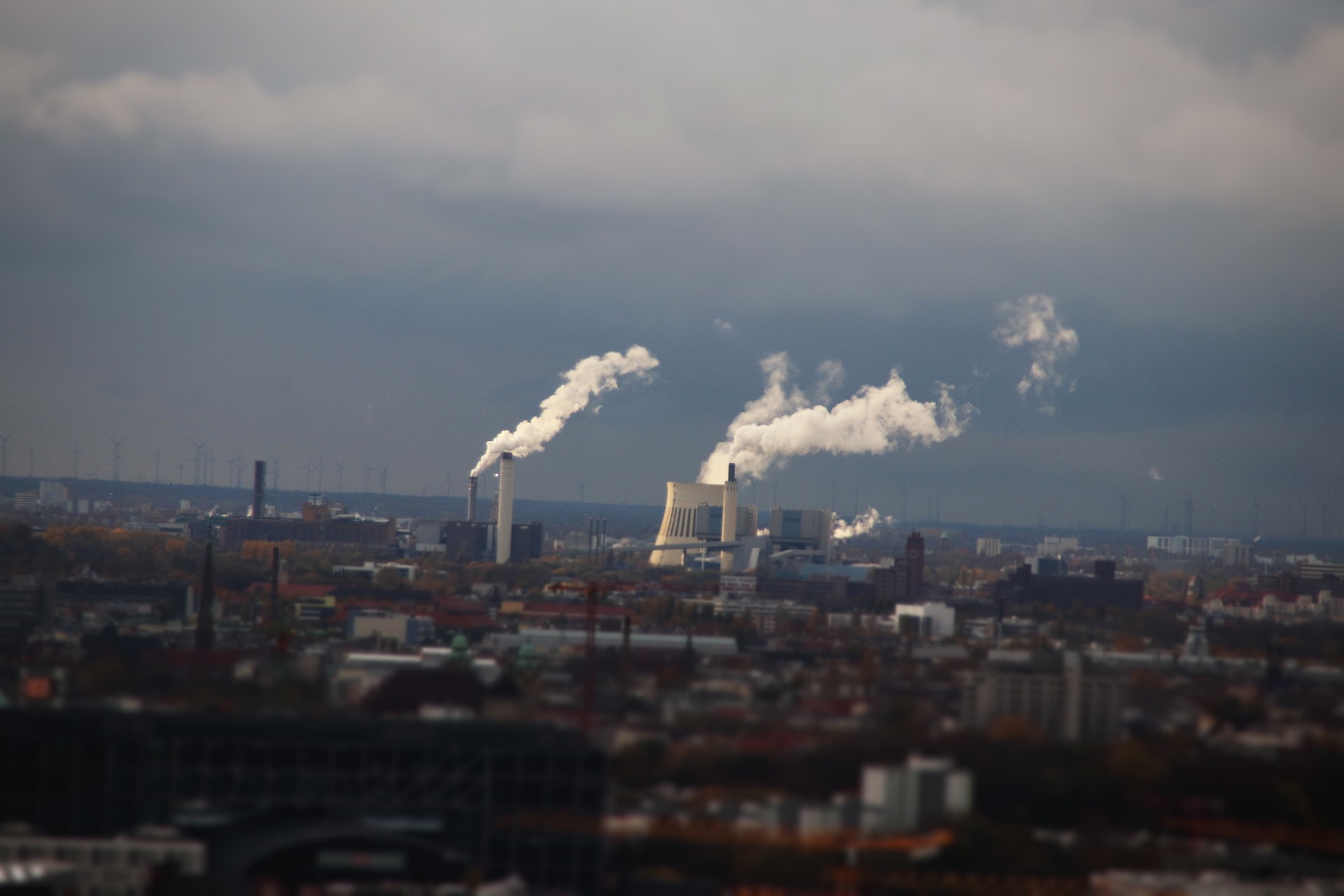In the past decade, natural gas companies in Australia have witnessed the industry’s continuous growth. While the country produced around 52 billion cubic meters of gas in 2010, this total was 142.5 billion in 2020. Production almost tripled during this period. Moreover, in 2017, Australia took over Qatar as the largest liquefied natural gas (LNG) exporter in the world.
This milestone reflects the investments made in Australia’s gas industry in recent years. In fact, more than AUD $300 billion has been spent on LNG plants from Western Australia to Queensland. But, investors’ concerns over the climate and the global push to decarbonise economies are having an impact on the industry’s future and its biggest players.
What are the biggest natural gas companies in Australia?
In June 2022, Australian giant Woodside Energy completed a merger with BHP’s oil and gas portfolio. This makes Woodside Australia’s largest oil and gas company.
Australia’s other largest oil and gas companies are:
- Santos
- Origin Energy
- Caltex Australia
However, this varies when LNG production is taken into account. Indeed, the companies with the largest market share in this sector include Chevron, Shell, Woodside, Santos, INPEX and Origin Energy.
The reason why LNG production plays a major role in this ranking is that most of the gas in Australia is exported. Indeed, the country is a net natural gas exporter, with 82 per cent of its gas production going abroad. Additionally, the LNG export industry uses 12 times as much gas as the entire manufacturing industry. Therefore, LNG production can certainly show the biggest gas players in Australia.
Where do natural gas companies operate in Australia?
Nearly 30 per cent of Australia’s landmass is currently subject to gas exploration or applications from gas companies. However, the intensity of the onshore exploitation varies from region to region. For example, while gas projects expand over as much as 70 per cent of the Northern Territory’s landmass, this is just 13 per cent in Queensland.
Like the Northern region, South Australia has a high volume of gas endeavours, which expand over 59 per cent of its landmass. In contrast, this occupation is only 14 per cent in Western Australia. Yet, this state is the largest producer of gas in the country, accounting for around 60 per cent of total production.
In part, the high volumes coming from Western Australia result from offshore extraction. For instance, the offshore region around Karratha in the Northwest has conventional gas fields that have been operating for decades. Furthermore, the production from this region feeds the state’s mammoth North West Shelf liquefied gas export terminal. More than 5,700 LNG cargoes have sailed from this port throughout its lifetime.

What is the largest natural gas company in the North West Shelf?
The North West Shelf has participating interests from five companies:
- Woodside (operator)
- BP Developments Australia
- Chevron Australia
- Japan Australia LNG
- Shell Australia
Woodside is the company operating this LNG export terminal, owning a 33.34 per cent interest share. The other participating companies have an equal share in the project, with 16.67 per cent each.
Who is the biggest oil and gas producer in Australia?
Woodside is Australia’s largest operator of oil and gas production. Woodside is also the company behind Scarborough, currently one of Australia’s most ambitious gas projects. Scarborough, an offshore endeavour in Western Australia, will cost AUD $16 billion and is one of Australia’s most polluting fossil fuel projects.
Other oil and gas companies associated with climate change concerns are Shell, Chevron and ExxonMobil. As a result of a Dutch court mandate, Shell must reduce its emissions much harder and faster than initially planned. Similarly, Chevron shareholders voted to cut the company’s pollution, and ExxonMobil was required to replace a quarter of its managing board with directors proposed by activist hedge funds. Therefore, investors’ climate concerns are now a key factor in the future of gas players in Australia.
Natural gas companies in Australia: How do they contribute to climate change?
Fossil fuels are the main drivers of climate change. Burning coal, oil and gas for heat and energy generates heat-trapping greenhouse gases, such as carbon dioxide and methane. Gas extraction and processing also produce fugitive emissions. These are greenhouse gas emissions that occur during the extraction, processing and transportation of the fossil fuel.
Australia’s fugitive emissions have significantly increased in the last five years, along with gas production. In fact, fugitive emissions grew 46 per cent between 2005 and 2020. Consequently, if the world is to reach net zero emissions by 2050, there should not be any new projects or investments in coal or gas, according to a flagship report by the International Energy Agency (IEA). Action must also prioritise immediate and sharp cuts to methane emissions, of which the natural gas industry is a prime culprit.

Despite a commitment to reduce emissions, Australia’s gas industry has developed rapidly in the last decade. Woodside, Santos, Chevron and Shell are among the biggest gas players in the country and participate in several projects currently in operation. Australia’s fossil fuel heavy economy means the country is responsible for five per cent of global greenhouse gas emissions once fossil fuel exports are factored in, research from Climate Analytics found. For a safer world, Australia urgently needs to say no to new gas projects, wean itself off fossil fuels and embrace a future powered by clean renewables.

